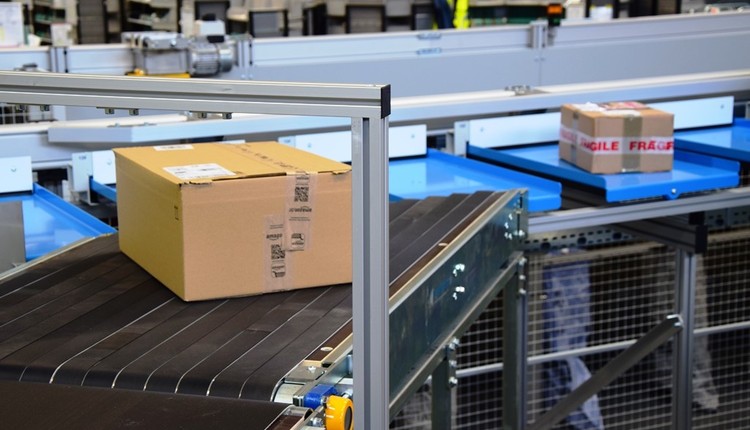RALEIGH, NC—Supply chain leaders are overwhelmingly more uncertain now than they were last year or the year before. A recent Tompkins Supply Chain Consortium survey, Uncertainty is Certain: Perceptions of Future Risk on the Rise, shows that nearly two-thirds of respondents across industries predict more future risk than they did just a year or two ago.
“Gone are the days when only history was used to understand the future; today, businesses have to plan for uncertainty,” says Bruce Tompkins, Executive Director of the Consortium and author of the report. “The events of the past two years and the precariousness of the near future are challenging forecasting, budgeting, business planning and other processes that are dependent on historical information. Anyone who claims they can predict the future is wrong.”
The survey affirms that uncertainty impacts the supply chain in four key areas:
1. Adding cost;
2. Increasing inventory levels;
3. Increasing lead-times; and
4. Reducing speed to market.
Eighty-three percent of respondents are experiencing at least moderate cost increases as a result of uncertainty; 69 percent show a higher than average increase in lead-time; and 62 percent see their speed to market either moderately reduced or greatly reduced. In general, 60 to 80 percent of companies responding indicate that there is a high to medium impact from a cost and time standpoint due to uncertainty.
Tompkins sees companies employing a variety of specific solutions to deal with uncertainty. “A majority of companies consider uncertainty in their strategic planning process,” Tompkins says. “And the magnitude of their concern for uncertainty’s impact on important measures of success is a red flag for everyone in the supply chain field.”
Learn more about the Tompkins Supply Chain Consortium. The Consortium has a LinkedIn group and Xing group for qualified companies that are interested in staying current on the latest in supply chain benchmarking and best practices.
“Gone are the days when only history was used to understand the future; today, businesses have to plan for uncertainty,” says Bruce Tompkins, Executive Director of the Consortium and author of the report. “The events of the past two years and the precariousness of the near future are challenging forecasting, budgeting, business planning and other processes that are dependent on historical information. Anyone who claims they can predict the future is wrong.”
The survey affirms that uncertainty impacts the supply chain in four key areas:
1. Adding cost;
2. Increasing inventory levels;
3. Increasing lead-times; and
4. Reducing speed to market.
Eighty-three percent of respondents are experiencing at least moderate cost increases as a result of uncertainty; 69 percent show a higher than average increase in lead-time; and 62 percent see their speed to market either moderately reduced or greatly reduced. In general, 60 to 80 percent of companies responding indicate that there is a high to medium impact from a cost and time standpoint due to uncertainty.
Tompkins sees companies employing a variety of specific solutions to deal with uncertainty. “A majority of companies consider uncertainty in their strategic planning process,” Tompkins says. “And the magnitude of their concern for uncertainty’s impact on important measures of success is a red flag for everyone in the supply chain field.”
Learn more about the Tompkins Supply Chain Consortium. The Consortium has a LinkedIn group and Xing group for qualified companies that are interested in staying current on the latest in supply chain benchmarking and best practices.



